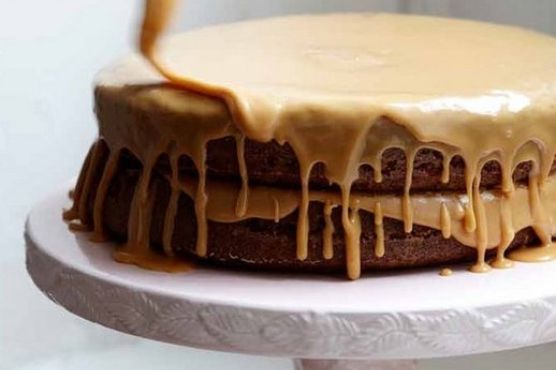Indulge your sweet tooth with a slice of our delectable Caramel Cake, a dessert that promises to be the star of any gathering! This vegetarian delight is not only popular among dessert lovers but also boasts a rich, buttery flavor that will leave you craving more. With its moist layers and luscious caramel icing, this cake is perfect for celebrations, family gatherings, or simply as a treat to brighten your day.
Imagine the aroma of freshly baked cake wafting through your kitchen as you prepare this delightful dessert. The combination of fluffy cake layers and a velvety caramel icing creates a harmonious balance of sweetness and richness that is simply irresistible. Each bite melts in your mouth, making it a memorable experience for you and your guests.
With a preparation time of just 120 minutes, you can easily whip up this show-stopping cake that serves 12 people. Whether you’re an experienced baker or a novice in the kitchen, our step-by-step instructions will guide you through the process, ensuring that your Caramel Cake turns out perfectly every time. So gather your ingredients, preheat your oven, and get ready to impress with this stunning dessert that is sure to become a favorite in your home!
